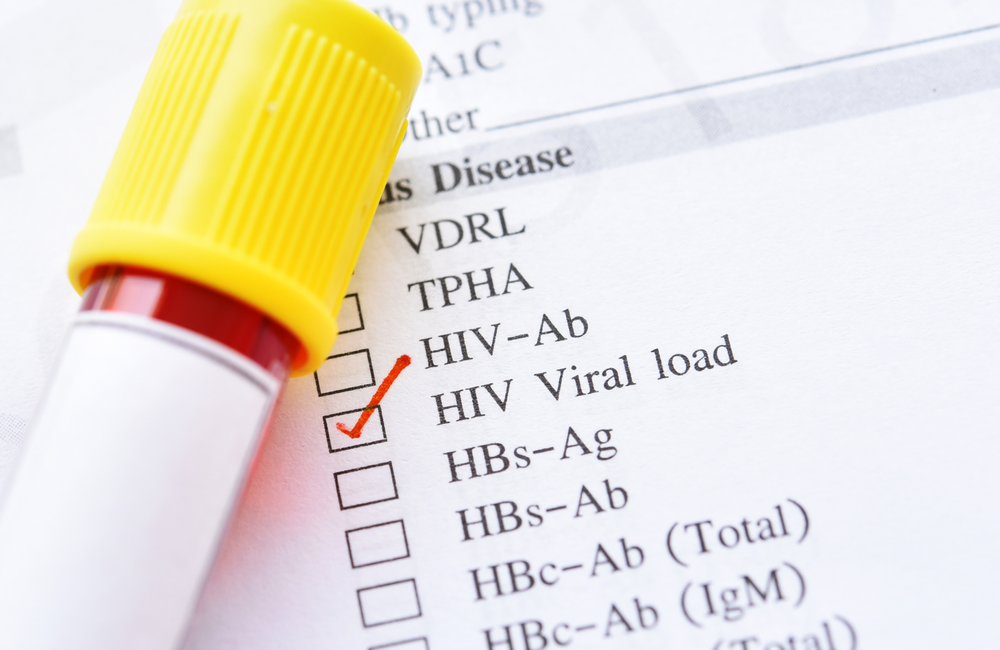
Over a quarter of a sample of HIV-positive gay and bisexual men in a relationship with an HIV-negative partner did not have an accurate understanding of their current viral load, investigators from the United States report in the online edition of the Journal of Acquired Immune Deficiency Syndromes. Laboratory viral load results showed that a fifth of men who believed that they were undetectable currently had a detectable viral load, and that 7.5% were virally suppressed when they thought their viral load was detectable.
Perhaps significantly, the participants were initially recruited to take part in an adherence intervention and 48% of HIV-positive men had less than perfect adherence to their antiretroviral medication in the previous month. Discrepancies between perceived and actual viral load could be because some men were recalling information given to them at their last clinic visit, which had then become out of date because of less than perfect adherence to HIV therapy.
“These relatively high levels of inaccurate reporting of viral suppression exist in a sample that reported almost universal engagement in HIV care and ART medication, although approximately half reported sub-optimal ART adherence,” write the authors. “The results do not necessarily represent an intentional misrepresentation of viral suppression; rather men might be reporting their viral status based on misconceptions or information that was out of date.”
There is overwhelming evidence that the risk of HIV transmission via condomless sex when an HIV-positive person has an undetectable viral load is effectively zero. As an HIV prevention strategy, Undetectable = Untransmittable (U=U) relies on people with HIV having an accurate understanding of their current viral load and also an appreciation of the relationship between adherence to ART and viral suppression.
A previous study found that the vast majority of people taking HIV treatment in the UK had an accurate knowledge of their viral load, while one study found that a third of people in Chicago with a detectable viral load reported that their viral load was undetectable. A team of investigators led by Dr Rob Stephenson of the University of Michigan wanted to establish the proportion of HIV-positive gay and bisexual men in a relationship with an HIV-negative male partner who had an accurate understanding of their current viral load.
They therefore designed a study involving 157 HIV-positive men who had been enrolled in a randomised clinical trial of an intervention which aimed to improve treatment adherence and engagement in care. All had an HIV-negative male partner. Recruitment took place in Atlanta, Boston and Chicago.
As part of the baseline questionnaire, the HIV-positive partners were asked to state their current viral load (undetectable or an estimated figure if detectable). Viral load was then measured using a standard blood test. The researchers did not consult the participants’ medical notes to check viral load as measured at last follow-up or ask the HIV-negative partner about viral load.
The researchers excluded from the analysis eleven men who could not provide a blood sample, ten who did not know whether they had had a viral load test and 16 who did not know its result.
Participants had an average age of 36 years, two-thirds were white and 77% were college educated. All identified as gay or bisexual. In terms of HIV care, 93% had been seen at an HIV clinic in the previous 12 months, 99% were currently taking ART and 48% reported less than 100% adherence to their HIV medications in the previous month.
Almost three-quarters (72.5%) of men accurately reported their current viral load. However, 7.5% stated their viral load was detectable when it was actually suppressed. Twenty per cent said they had an undetectable viral load but the blood test result showed that it was detectable.
No factors related to demographics, sexual behaviour, relationship status or adherence were associated with accuracy of viral load reporting.
The researchers believe their findings have important implications for couples using U=U as an HIV prevention strategy and also services to support them. “Considered as an exploratory, descriptive study, the results illustrate relatively high levels of inaccuracy of reporting of viral suppression among HIV-positive men in sero-discordant relationships,” conclude Stephenson and his fellow authors. “For couples, particularly sero-discordant couples, interventions that can teach couples how to work together to achieve and maintain viral suppression and can equip couples with the knowledge required to correctly implement U=U strategies, should be considered a programmatic priority.”
Stephenson R et al. Accuracy of self-report of viral suppression among HIV-positive men with HIV-negative male partners. Journal of Acquired Immune Deficiency Syndromes, online ahead of print, 2020.
doi: 10.1097/QAI.0000000000002240

